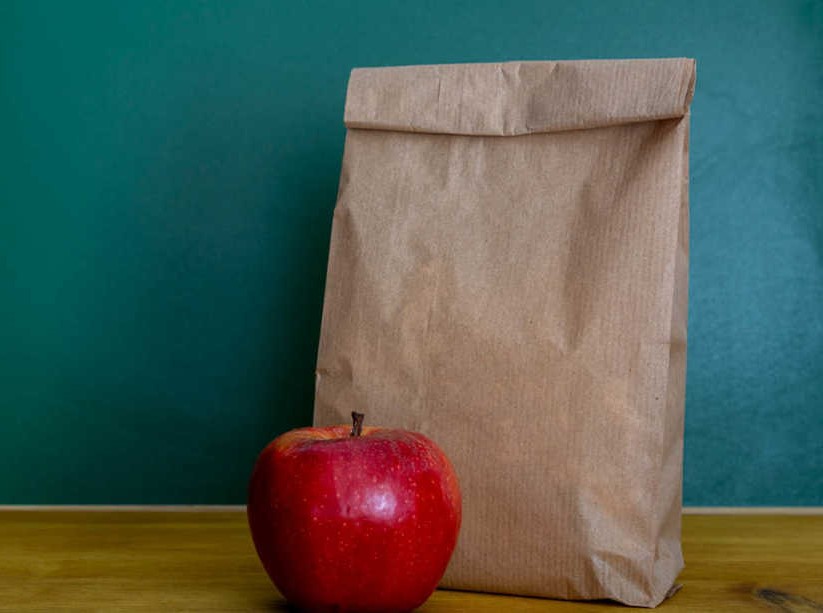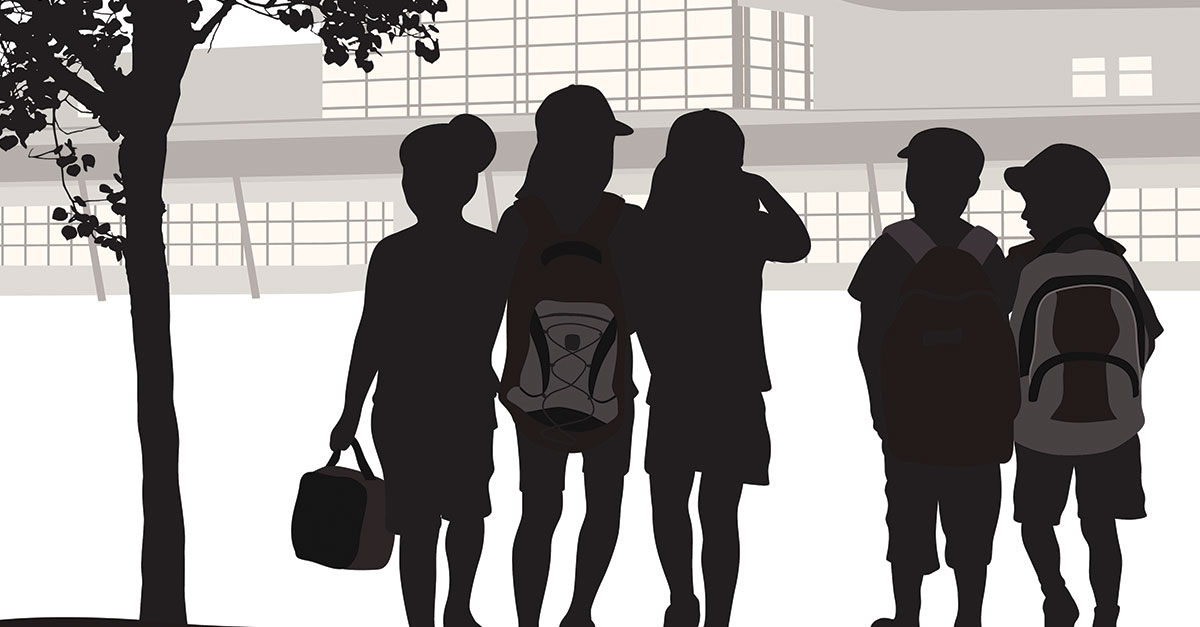As students around the country begin to return to in-person instruction during National Immunization Awareness Month, the Biden Administration kicked off new efforts to encourage COVID-19 vaccinations among youth ages 12 and older — one of the surest mitigation strategies to battle the virus and keep middle and high schools open safely. Recommended strategies include urging all medical providers to ask about COVID-19 vaccine status during sports physicals, and where available to also administer the COVID-19 vaccine; working with the National Parent Teacher Association to host community conversations with pediatricians at ‘Back to School Nights’ to get communities vaccinated against COVID-19; and providing schools and colleges with additional resources to host pop-up vaccine clinics as students come back to school.
COVID-19 vaccinations are not the only concern as students return to school in person. According to the Centers for Disease Control and Prevention, vaccination dose orders in the United States declined from mid-March 2020, the beginning of the emergency declaration due to the COVID-19 pandemic, to mid-April 2020 by 2.5 million compared to previous years. While the decrease was lower for children under 2 and recovered by May 2020, it was more severe in older children. This trend is reflected around the world, as nearly 23 million children missed out on routine childhood vaccinations last year, according to a World Health Organization and UNICEF report.
“When vaccination rates decline, we worry about an increase in vaccine-preventable diseases that can be harmful to children,” said Dr. Bradley Ackerson, MD, a pediatric infectious disease specialist and lead author of a study examining the pandemic’s impact on childhood vaccinations published in Pediatrics. “Also, we know there has been a reduction in childhood vaccinations worldwide, and as COVID-19 restrictions are relaxed, there will be an increased risk of outbreaks due to vaccine-preventable diseases among children returning from outside the United States, unless children here are vaccinated.”
The study examined a large integrated healthcare delivery system in Southern California and found that during the first six months of COVID-19 pandemic, vaccine administrations remained lower in older children — with about one-third fewer weekly vaccine administrations than in the same weeks in 2019, complete vaccination coverage declined in all children, and measles vaccination coverage worsened in young children, markedly increasing the risk of vaccine-preventable diseases.
All 50 states plus Washington, D.C. require students to be immunized before they can attend public school, and while requirements vary, every state mandates vaccination against measles, mumps, rubella, polio and chickenpox, among others.
California’s vaccination laws
In 2015, California passed Senate Bill 277 (Pan, D-Sacramento), which eliminated personal belief and religious exemptions. Noticing an uptick in new medical exemptions, the Legislature passed SB 276 (Pan), enacted Jan. 1, 2020, immediately allowing the state some oversight of medical exemptions written for students attending public and private schools and day care centers. The law requires a clinically trained physician, surgeon or registered nurse from the California Department of Public Health to annually review immunization reports from schools and institutions to identify those with an overall immunization rate of less than 95 percent; doctors who submitted five or more medical exemption forms in a calendar year; and schools and institutions that do not report immunization rates to the department. The law also prohibits doctors from charging any fees for vaccination-related exams or forms related to such dispensation.
If a CDPH staff member finds that a medical exemption is inappropriate or otherwise invalid, it will be reviewed by the state public health officer or their physician/surgeon designee and revoked under prescribed circumstances. Medical exemptions written before Jan. 1, 2020, are not under state review, but new medical exemptions are required when a child enters kindergarten, seventh grade or changes schools.
This year, the state created an online portal so that immunization records will go directly to the CDPH; the portal also allows school administrators access once a child attending the school has been issued a medical exemption in the system.
Vaccination checkpoints and other details
Districts should have a process in place to check vaccination records at the designated checkpoints: when children newly enroll in the district, enroll in transitional kindergarten/kindergarten and when students advance to grade 7. Schools are required to document each student’s vaccination history and the vaccination record of each student enrolled conditionally must be reviewed regularly to ensure they receive their immunizations by the required time. Those who fail to receive their immunizations by the designated date will be prohibited from attending school. It is important to note that the CDPH directs that, “students who have an individualized education program may continue to receive all necessary services identified in their IEP regardless of their immunization status.”
The National Public Health Information Coalition offers a toolkit containing key messages, vaccine information and helpful links to web resources from the CDC and other organizations at www.nphic.org/niam.





